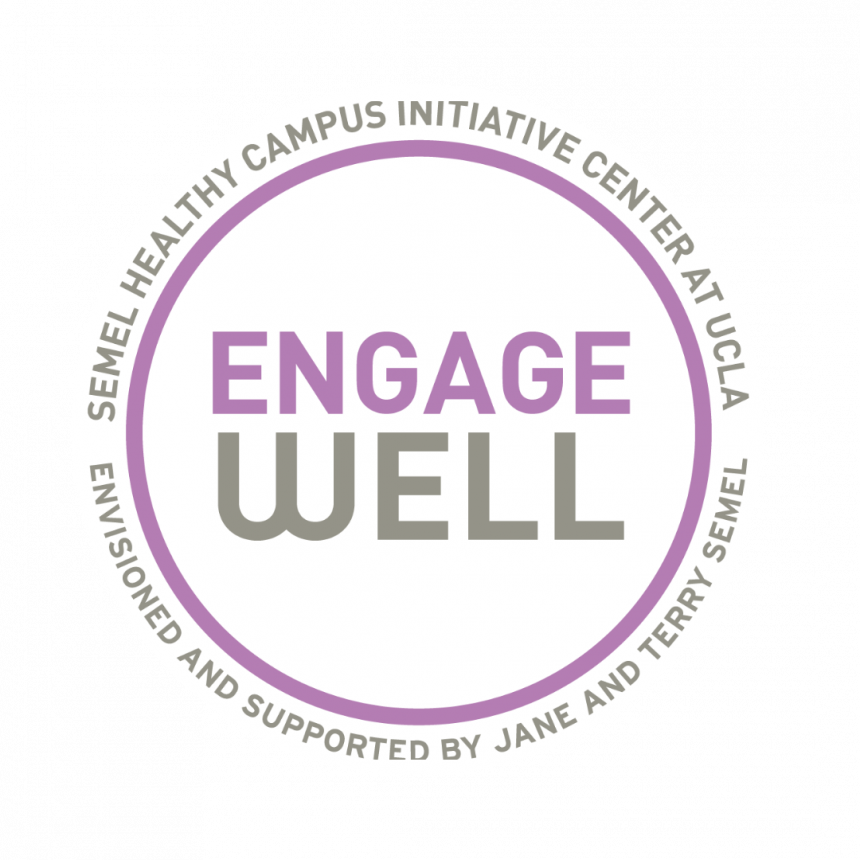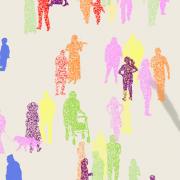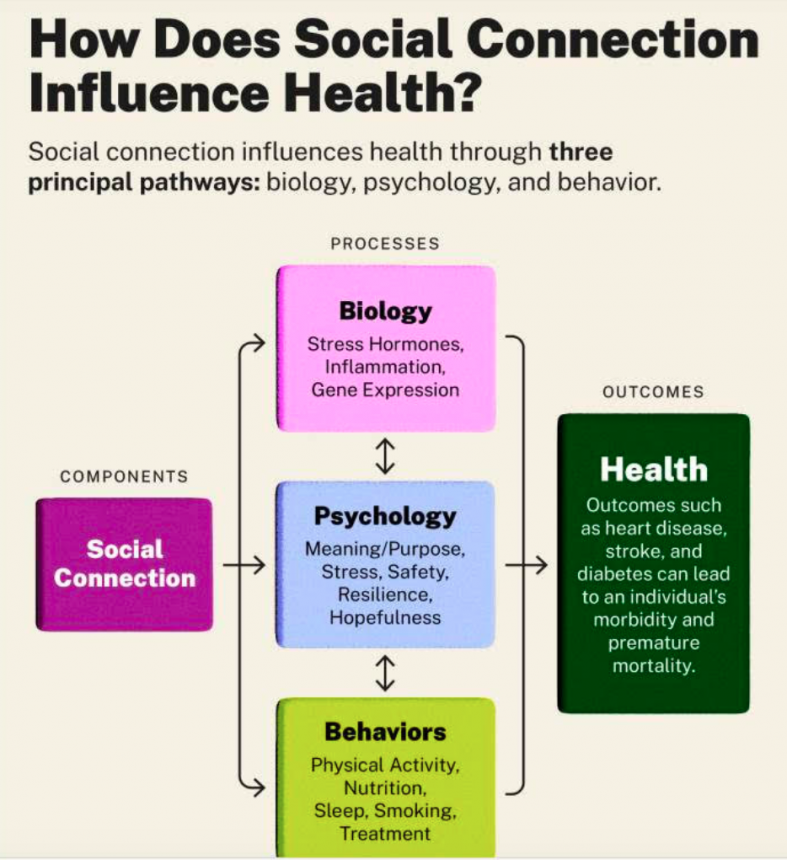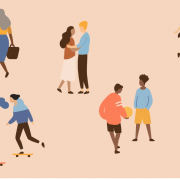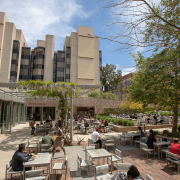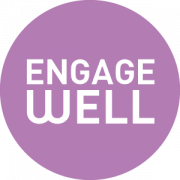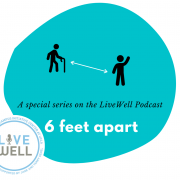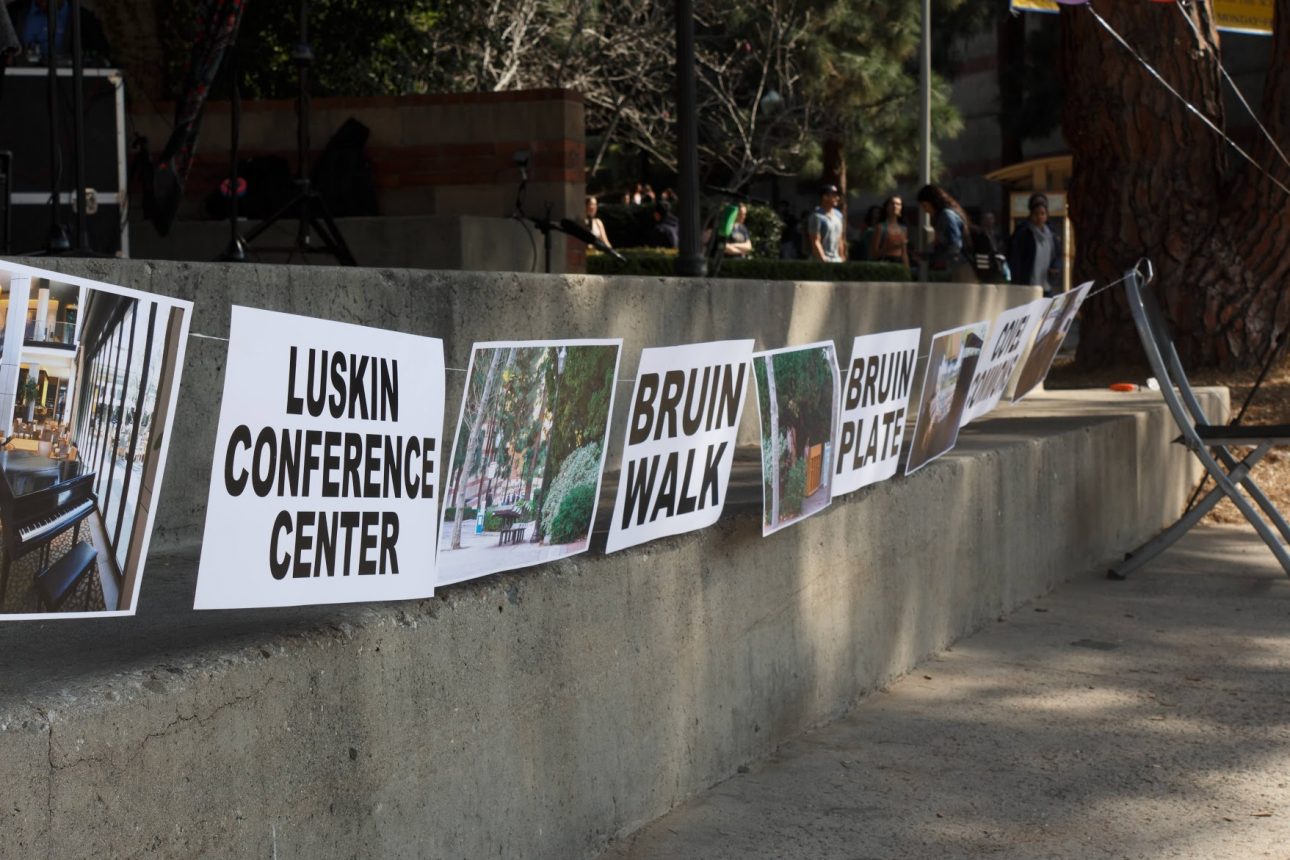Q&A with Dr. Ted Robles, EngageWell Pod Co-Leader
How can students improve or maintain their social well-being with our return to campus?
Do things together – from fun stuff to studying. Talk to one another and share experiences, both the good ones but also the stressful ones. Reframe social interactions – yes they can be time- and energy-consuming, yes you’ll be self-conscious – but if you view them as an opportunity to learn about other people’s lives and expand your understanding of the world that can help reduce some of that fatigue and anxiety. Be an attentive listener.
The Semel Healthy Campus Initiative Center’s 2021 Virtual Celebration this past May was called, “#BruinsTogether”. What is the idea behind #BruinsTogether?
The original idea was to create a hashtag campaign that encourages people to share how they’ve been able to maintain their connections during the pandemic. It also reflects an important way that we can promote healthy behaviors, from vaccination to masking to sustainability – by associating those acts of selflessness with what it means to be a Bruin. Any time we think of or use our common identity as Bruins to benefit others – that’s a great time to snap a picture of it and post it on social media with #BruinsTogether. How can we balance school, social, personal matters?
A good first start is to take some time and reflect on what values are really important to you. There are lots of “values assessments” or value clarification exercises that you can use to figure out what your important values are. Once you’ve done that, you know where your “north stars” are, and you can use those values to guide how you’ll devote and spend your time, and to figure out whether how you’re spending that time fits with what is important to you. There will be times that you may have to spend more time on school-related activities at the expense of other matters, or personal matters at the expense of school or social activities, etc. Knowing that you’re living in accordance with your values is one way you can take it easy on yourself when you’re not balanced. How do we introduce what social well-being is to others? How can we promote this as a campus community?
One straightforward way to think about social well-being is to consider whether your social needs are being met by your social network. You could be surrounded by friends and family, but they may not be needing your needs for companionship or emotional support. You could also have relatively few people in your social network, but be perfectly content with your social needs being met by that small number. In considering whether your needs are being met, if you feel happy or simply content, your social well-being is probably in good shape. If you feel like something is missing, or if people are with you but not “with you,” then you’ll want to figure out ways to increase your social well-being. The best way campus can promote social well-being is by encouraging connection and collaboration, whether through how we design our physical spaces or how we approach pedagogy (collaborative projects, even collaborating on exams.) In “real world” spaces outside the university classroom, collaboration is essential for success and growth. Academics has tended to encourage individualism, both explicitly and implicitly, and it doesn’t have to be that way.
Check out Ted’s episodes on our LiveWell podcast to learn more about how you can improve your social well-being!
Q&A with Nami Murata, EngageWell Pod Undergraduate Pod Assistant
How do you reintroduce yourself in social situations?
It’s easy to want to “stick to what you know” and keep from branching out. When my friends finally started going out again, I often felt that I would rather stay in my sweatpants and binge-watch my show on Netflix. I had to remind myself to take every opportunity to surround myself with the people that I love because, as we’ve learned from the last year, that privilege can easily be taken away from us at once.
Some weeks may be busier than others, but I try to make plans with friends at least once a week, whether it’s to grab coffee in between Zoom meetings or a day trip to the beach. With that being said, I know when I need a day to relax and stay in the comfort of my own room.
What did you do to make friends when you came to UCLA?
As a freshman and sophomore at UCLA, I made most of my friends through my sorority, in my dorm building, and in my classes. I felt more intimidated in bigger lecture halls, so I found it easier to talk to people in discussion sections. Although most of my conversation starters had to do with classwork, it became natural to find common interests and have a study buddy.
I was also very close with the people I met during my orientation session. I kept in touch with them throughout the year and would often run into them in between classes. Having these normal encounters throughout the day makes the large campus feel much smaller and comforting.
What do you do when you want to reset or recharge after interacting with others?
Sometimes, I can get overwhelmed after seeing a large group of people at once – whether it’s in the workplace, with my family at home, or at a busy restaurant with my friends.
When I know that I need to take a step back to reset myself, I like to go outside for a run or do a Peloton workout. Being active and sweating helps me release some of those tense and anxious feelings almost instantly. During my run or workout, I try to maximize my efforts (running the extra mile, doing an extra rep, pedaling on the bike with higher intensity, etc.) and bring my attention to the task at hand if I feel myself mentally drifting away. When my brain is told to focus on one exercise at a time, I am able to escape from the millions of other stresses of life.
